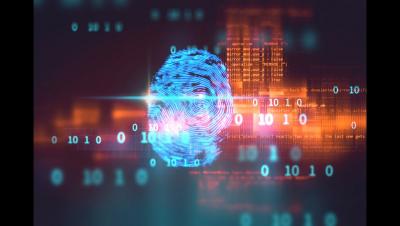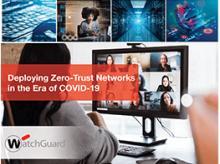Security | Threat Detection | Cyberattacks | DevSecOps | Compliance
September 2021
95% of MSPs acknowledge that using different interfaces to manage cybersecurity reduces productivity
Managing customer security is always a challenge for MSPs as they seek to balance efficiency, cost, and high levels of protection. In this area, security managers are faced with the choice of using a single interface or switching between different solutions.
WatchGuardOne, Designed for Long-Term Partner Success
Credential leaks are growing on the dark web
Credential leakage on the dark web is constantly growing, which reveals a painful reality: a significant proportion of organizations still don’t protect employee data properly. A report published by Arctic Wolf highlights that the number of corporate passwords that have been leaked to the dark web has shot up by 429% since last March. Thus, on average and for each organization, up to 17 credentials (including username and password) are available on the dark web.
5 Tips to Provide Your Customers with The Advanced Endpoint Security They Really Need
Advanced cybersecurity is now the baseline of complex IT environments that include computers, servers, laptops, and other devices that may be used within the corporate network but also outside the office. It is also critical to face the growing threat landscape of advanced, silent, and targeted attacks. But how can you make sure you meet each of your customers’ specific requirements and deliver a cutting-edge IT approach in a way that is sustainable for your business?
How to protect yourself from APTs to avoid incidents like the Microsoft Exchange case
APTs (Advanced Persistent Threat) have more serious consequences than conventional cyberattacks. The explanation for this lies in the fact that, on the one hand, the perpetrators spend much more time and effort (often promoted by government organizations), and on the other, the victims are also more high profile.
Without MFA organizations won't get coverage
Recent cybersecurity incidents and ransomware attacks are driving companies to apply for cyber insurance. Meanwhile, over the last 12 months the rate of ransomware attacks has skyrocketed in both frequency and severity, driving significant changes in the cyber insurance marketplace. In years prior, cyber insurance submissions were simple and it was easy to obtain bindable quotes from multiple vendors.
Fortinet, potential vector for Lockbit ransomware attack against Accenture
Accenture has acknowledged that it was the victim of a ransomware attack on July 30 in what it described as a "security incident." As reported by Cyberscoop, the hackers (a gang known as LockBit) began leaking stolen data and threatened to release further compromised information. LockBit first emerged in 2019 and its ransomware cyberattacks primarily target large corporations, from which it hopes to extort large sums of money.
Cybersecurity Insights - Cyber Insurance Now Requires MFA
4 Differences Between Threat Hunting vs. Threat Detection
Increasingly, companies are becoming aware of the importance of building threat detection and hunting capabilities that avoid putting their businesses at risk. Now more than ever, when it comes to both protecting enterprise cybersecurity and delivering effective IT security solutions and services, organizations and MSPs can no longer simply act when cyberattacks occur, but long before they even pose a threat.






